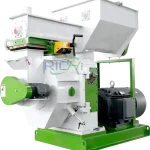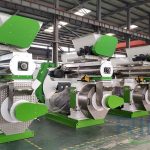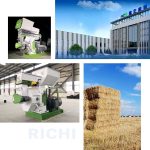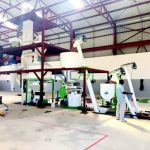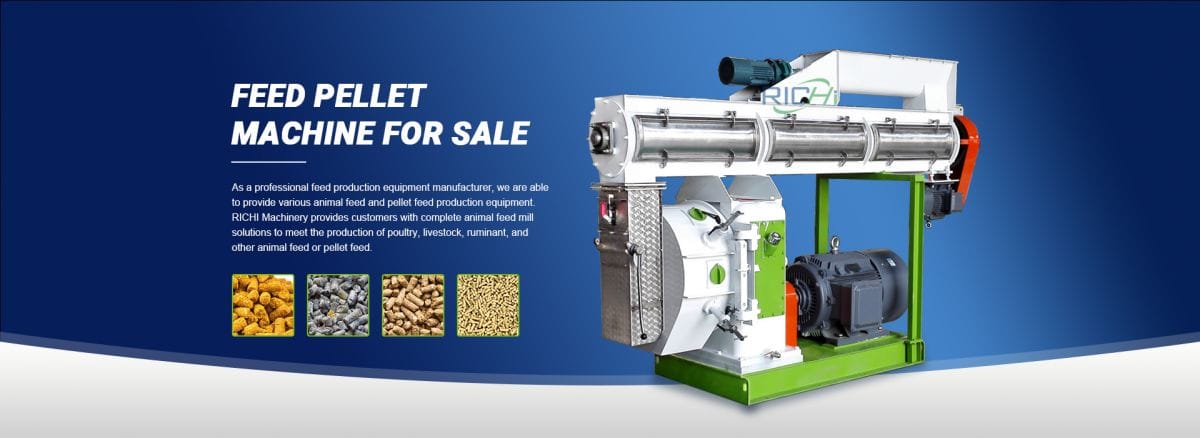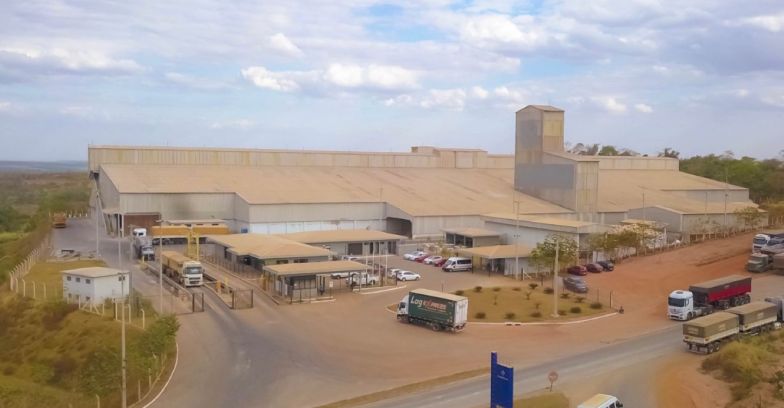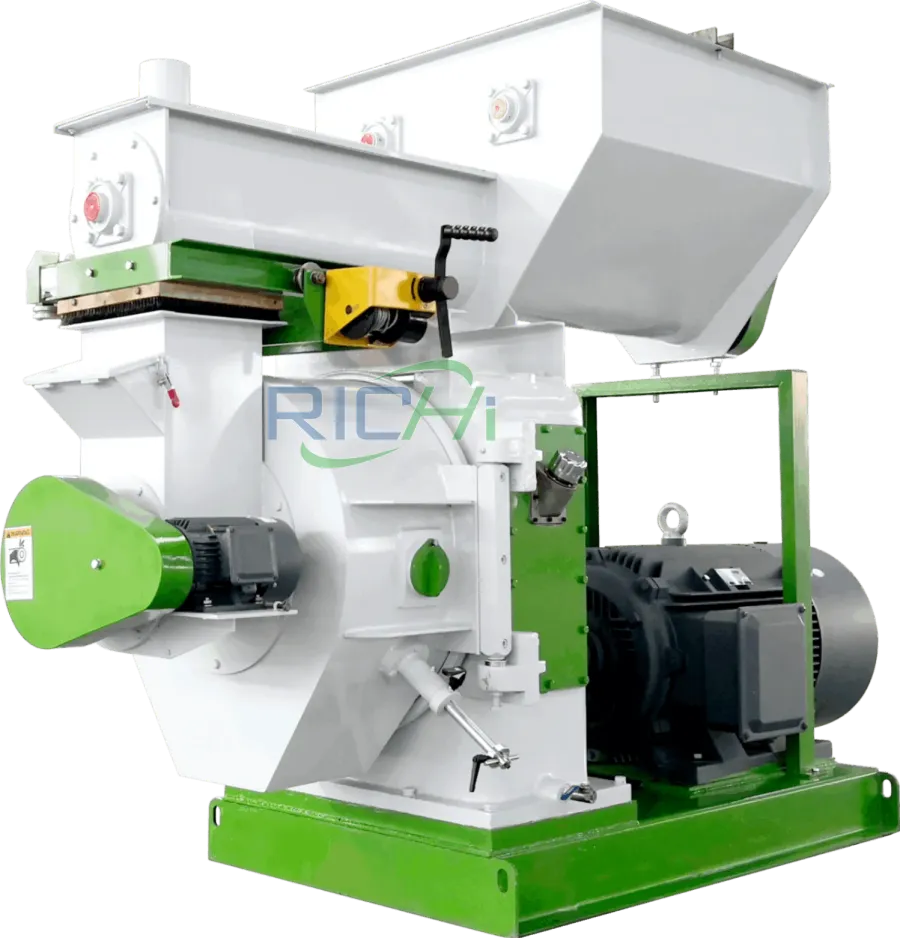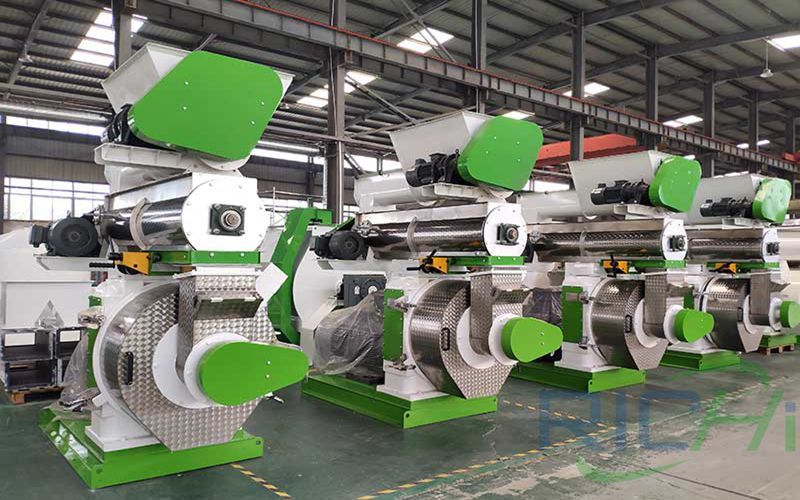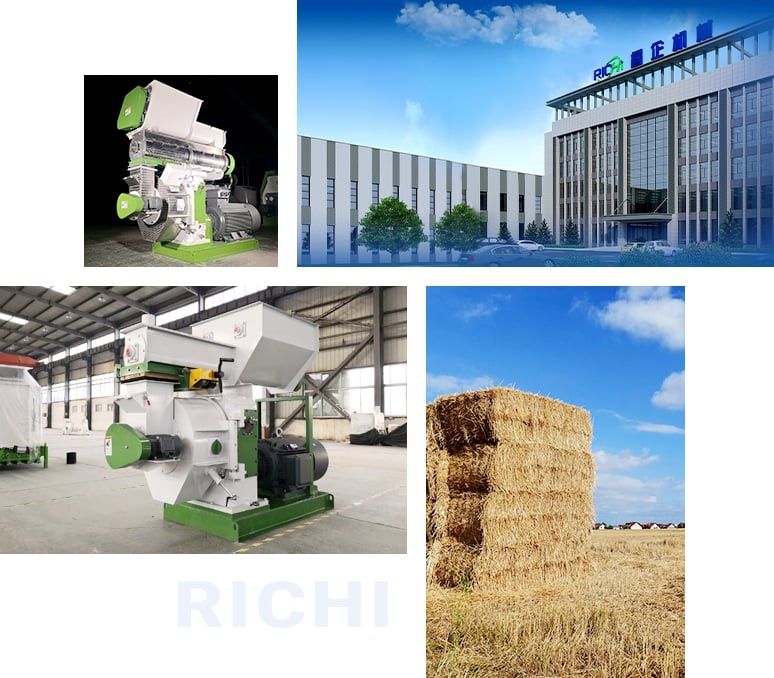In the dynamic world of livestock farming, the goat industry has witnessed a surge in demand for high-quality goat meat and dairy products. As a result, farmers are continuously seeking innovative solutions to optimize their operations and ensure the well-being of their herds. One such solution that has gained significant traction is the goat feed pellet making machine, a specialized equipment designed to produce nutrient-dense pellets for goat feed.
The Advantages of Pelleted Goat Feed
Pelleted feed offers numerous advantages over traditional loose or mash feed forms. One of the primary benefits is the reduction of feed waste, as pellets are more compact and dense, leading to improved feed conversion ratios. This translates into better growth rates, increased milk production, and overall improved productivity for goat herds.
Additionally, the pelleting process enhances the digestibility of nutrients by breaking down the outer protective layers of grains and other ingredients, exposing the inner endosperm for better absorption by the goats’ digestive system. This improved nutrient availability contributes to the overall health and performance of the animals, ensuring they receive the necessary nutrients for optimal growth, milk production, and overall well-being.
The Intricate Process of Goat Feed Pellet Making
A goat feed pellet making machine is a complex system comprising several key components that work in harmony to produce high-quality pellets. The process typically begins with a grinding mill, such as a hammer mill or roller mill, which reduces the raw materials, including grains, legumes, and other ingredients, into a fine powder or meal. This step ensures a uniform particle size distribution, which is crucial for efficient mixing and pelleting.
The ground ingredients are then precisely weighed and thoroughly mixed in a large mixer to create a homogeneous feed blend. This blend is subsequently conditioned with steam or moisture to improve pellet quality and durability. The conditioning process also aids in the gelatinization of starches and the denaturation of proteins, further enhancing nutrient availability.The heart of the goat feed pellet making machine is the pellet mill itself. The conditioned feed mixture is fed into the pellet mill, where it is compressed and extruded through small holes in a ring die by rotating rollers or a feeder. The resulting pellets are cut to the desired length by knives or a die, ensuring a consistent size and shape.
After pelleting, the hot pellets undergo a rapid cooling and drying process to prevent nutrient degradation and maintain structural integrity. This step is crucial as it ensures the pellets remain stable and retain their nutritional value during storage and transportation.The cooled pellets are then screened and sized to remove any fines or oversized pellets, ensuring a consistent product that meets the specific requirements of the goat operation.
Some livestock feed production lines may also include an optional coating system, where fats, oils, or other liquid ingredients are applied to the pellets, enhancing their palatability and nutrient content.Finally, the finished pellets are either bagged or loaded into bulk containers for storage and transportation to goat farms, where they will be fed to the animals as part of their carefully formulated diet.
Factors Influencing Pellet Quality
The quality of the pellets produced by a goat feed pellet making machine is influenced by several critical factors, each playing a vital role in ensuring the final product meets the desired standards. These factors include:
- Raw Material Quality: The quality and composition of the raw materials used in the feed formulation significantly impact the pellet quality and nutrient content. High-quality ingredients are essential for producing pellets that meet the specific nutritional requirements of the goat herd.
- Particle Size Distribution: Achieving a uniform particle size distribution through proper grinding is essential for efficient mixing, conditioning, and pelleting. Inconsistent particle sizes can lead to issues such as poor pellet durability, nutrient segregation, and suboptimal digestibility.
- Conditioning Parameters: The temperature, moisture content, and conditioning time play a crucial role in determining pellet durability, hardness, and nutrient availability. Proper conditioning ensures the feed mixture is adequately prepared for the pelleting process, resulting in high-quality pellets.
- Die Specifications: The size, shape, and compression ratio of the die holes in the pellet mill affect the physical characteristics and density of the pellets. Selecting the appropriate die specifications is essential for producing pellets that meet the specific requirements of the goat operation.
- Cooling Rate: Rapid cooling after pelleting is necessary to prevent nutrient degradation and maintain pellet integrity. Inadequate cooling can lead to nutrient loss, pellet breakdown, and potential microbial growth, compromising the quality and safety of the feed.
Advancements and Future Outlook
The goat feed pellet making machine industry is continuously evolving, driven by the need for increased efficiency, automation, and sustainability. Advancements in areas such as precision nutrition, data analytics, and alternative protein sources are shaping the future of goat feed production.
One notable development is the integration of advanced technologies, such as the Internet of Things (IoT) and machine learning, into goat feed pellet making machines. These technologies enable real-time monitoring, predictive maintenance, and optimized process control, further enhancing the performance and reliability of the machinery.
Additionally, the industry is exploring the use of alternative protein sources, such as insect meal or algae, as potential feed ingredients. These novel ingredients not only offer nutritional benefits but also contribute to the sustainability of goat feed production by reducing reliance on traditional protein sources like soybean meal.
As the global demand for goat meat and dairy products continues to rise, the role of goat feed pellet making machines will become increasingly crucial in meeting the nutritional requirements of goat herds while promoting sustainable and efficient feed production practices. With ongoing research and innovation, these machines will continue to evolve, ensuring the goat farming industry can meet the growing demand for high-quality, nutritious goat products.

